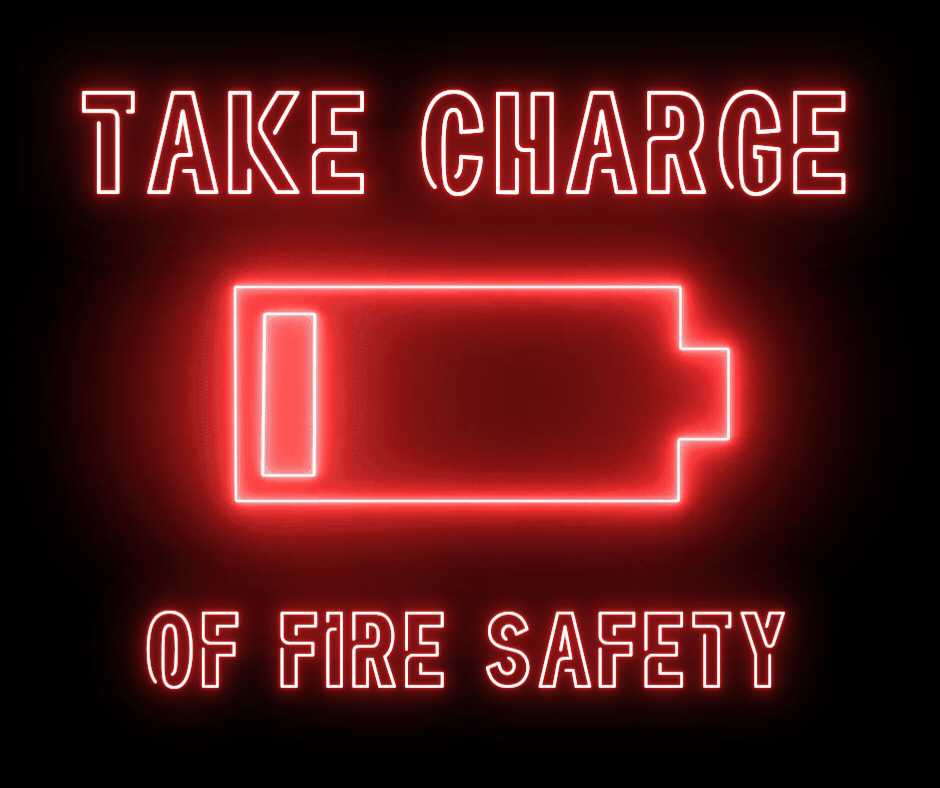Take Charge of Fire Safety During Fire Prevention Month

October is Fire Prevention Month in Oregon, and the Oregon State Fire Marshal invites you to Take Charge of Fire Safety!
Rechargeable batteries, including lithium-ion batteries, power a wide range of devices, from smartphones, laptops, and wearable technology to e-scooters, power tools, electric vehicles, and much more. However, if mishandled, damaged, or improperly used, these batteries pose a serious risk—they can overheat, catch fire, or even explode.
This month is all about taking simple steps to protect your home and loved ones from fire risks. Explore the resources on this page and learn how to BUY, USE, and RECYCLE rechargeable batteries safely.